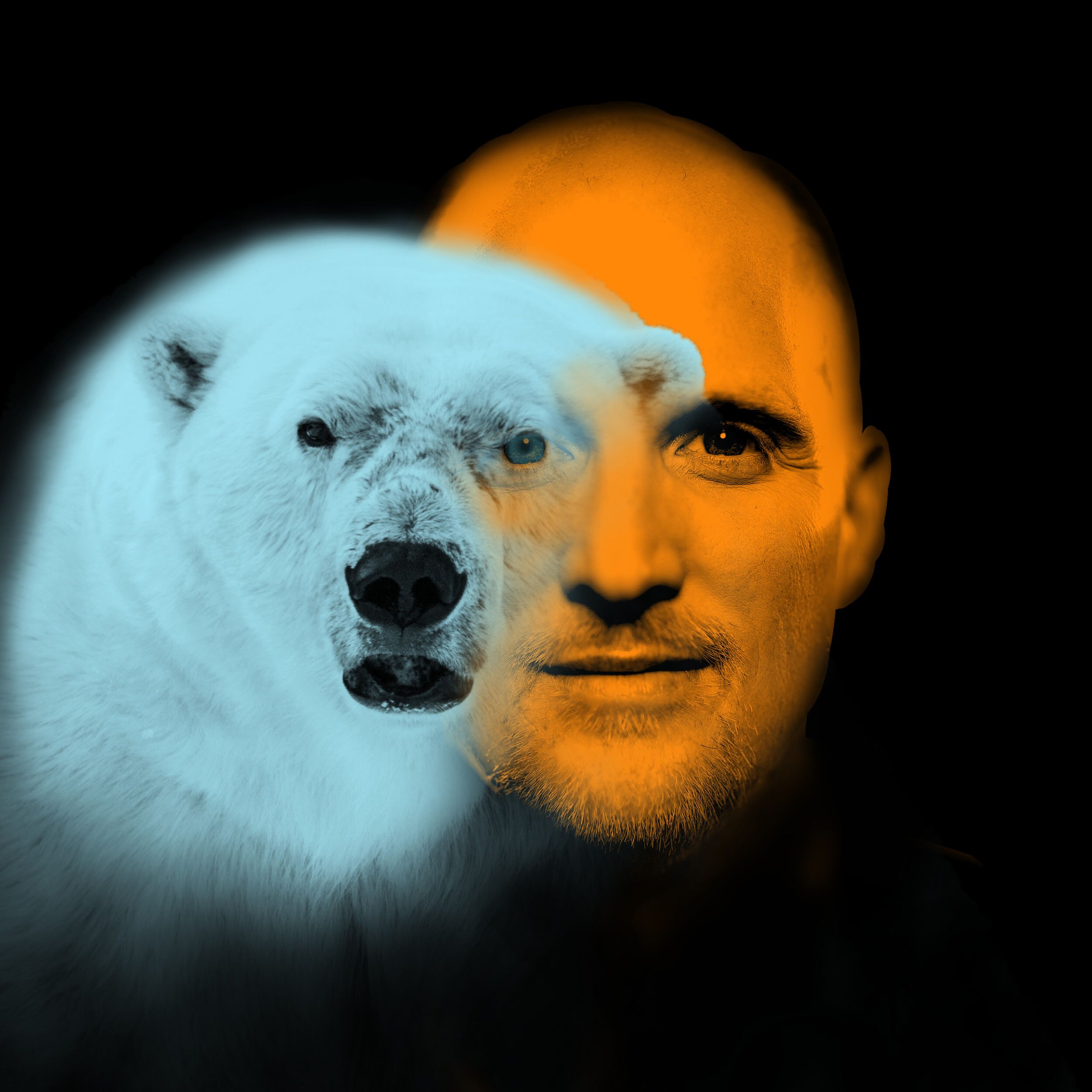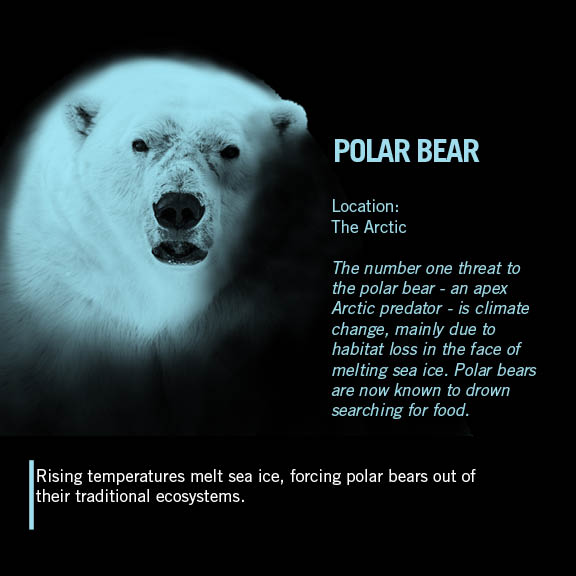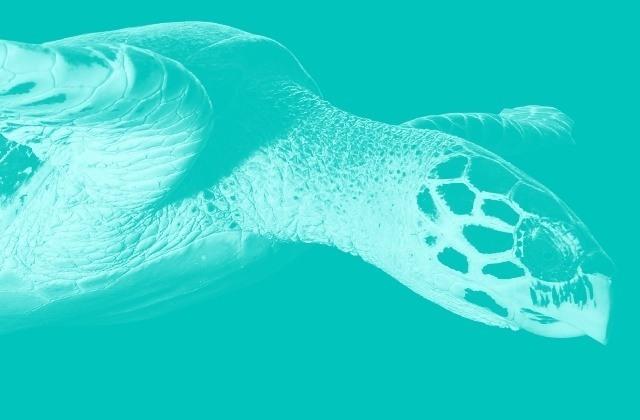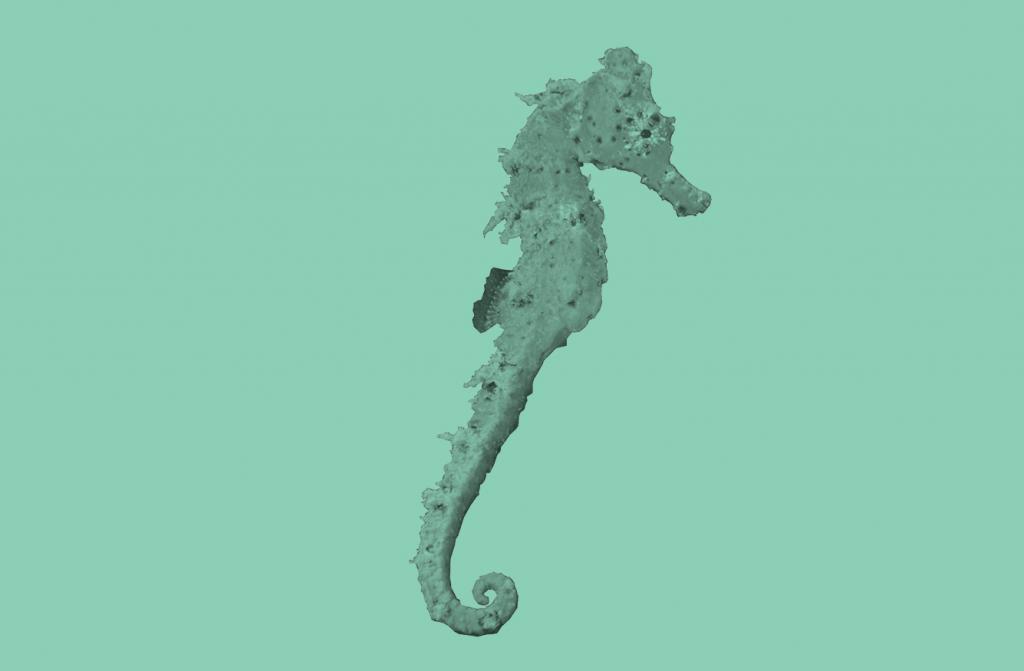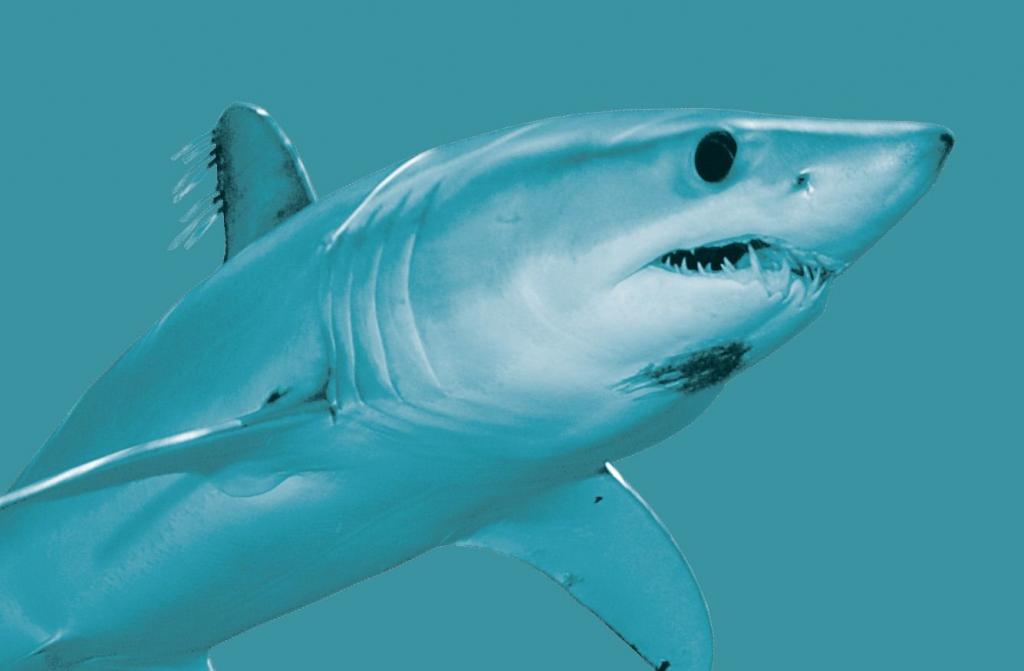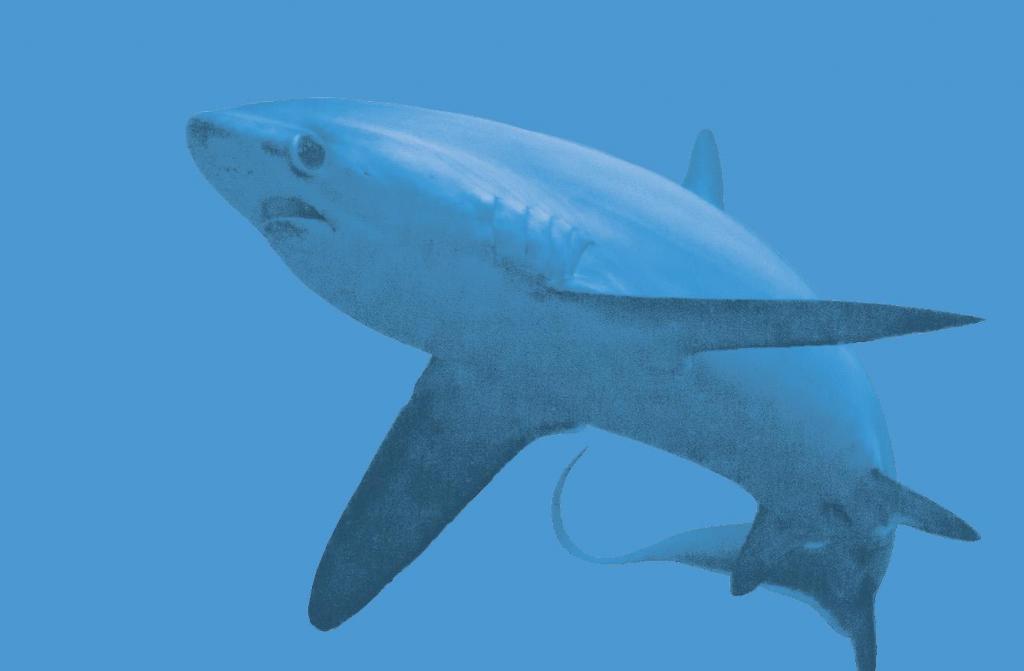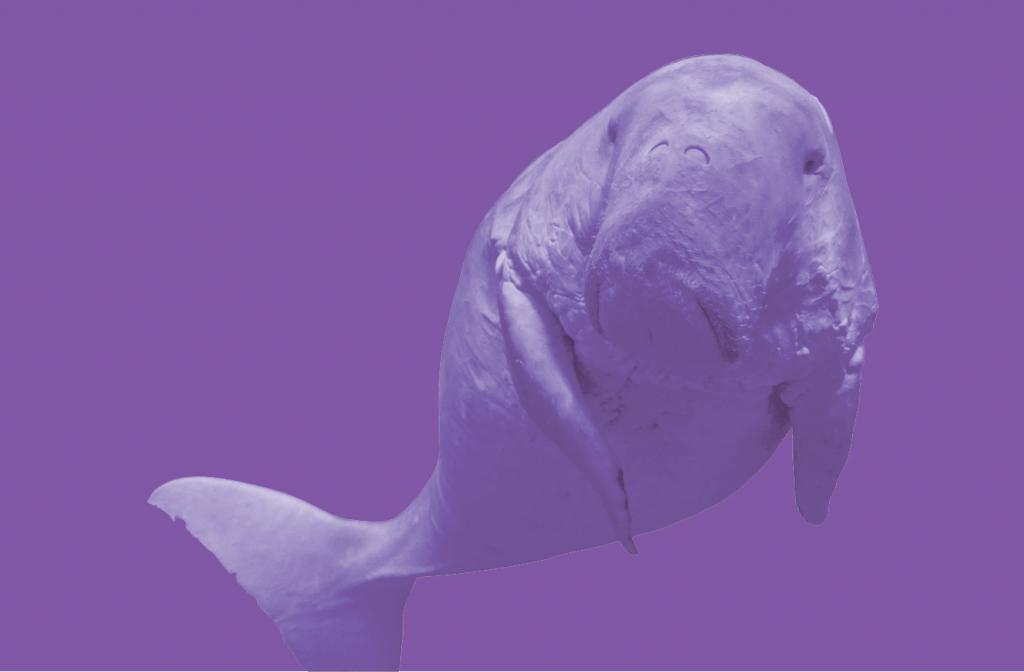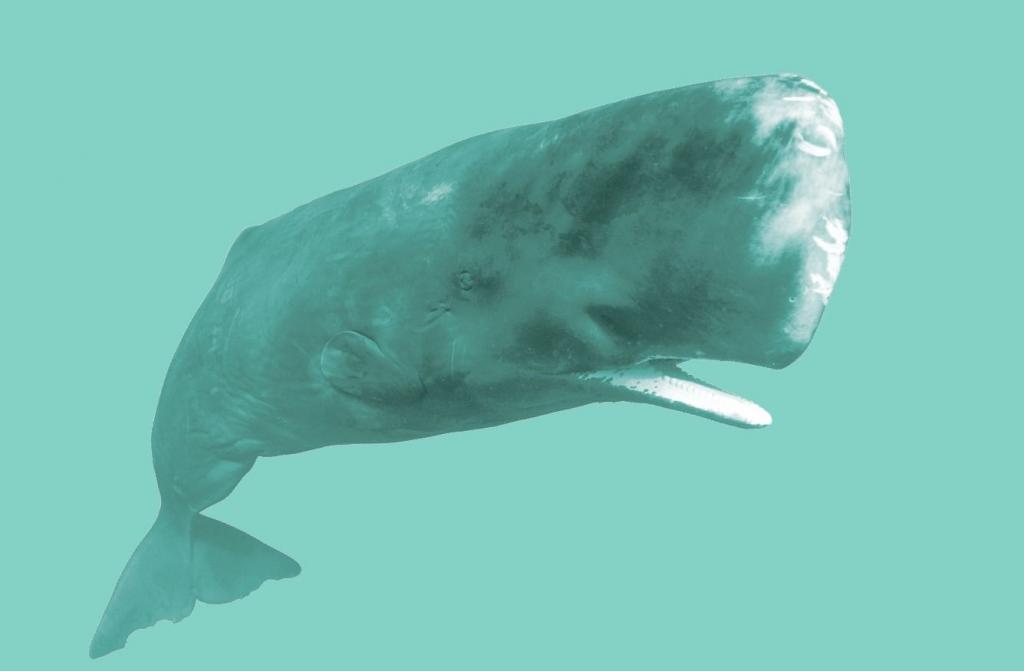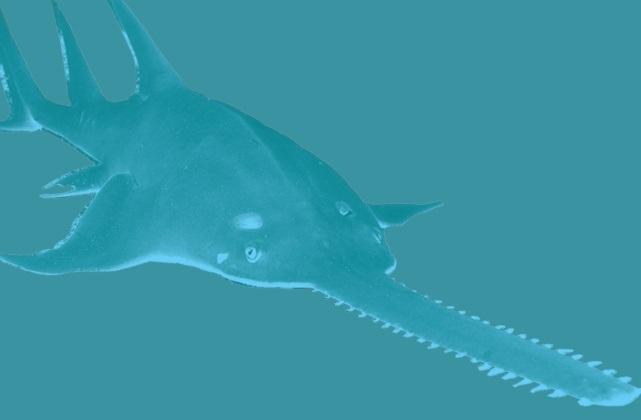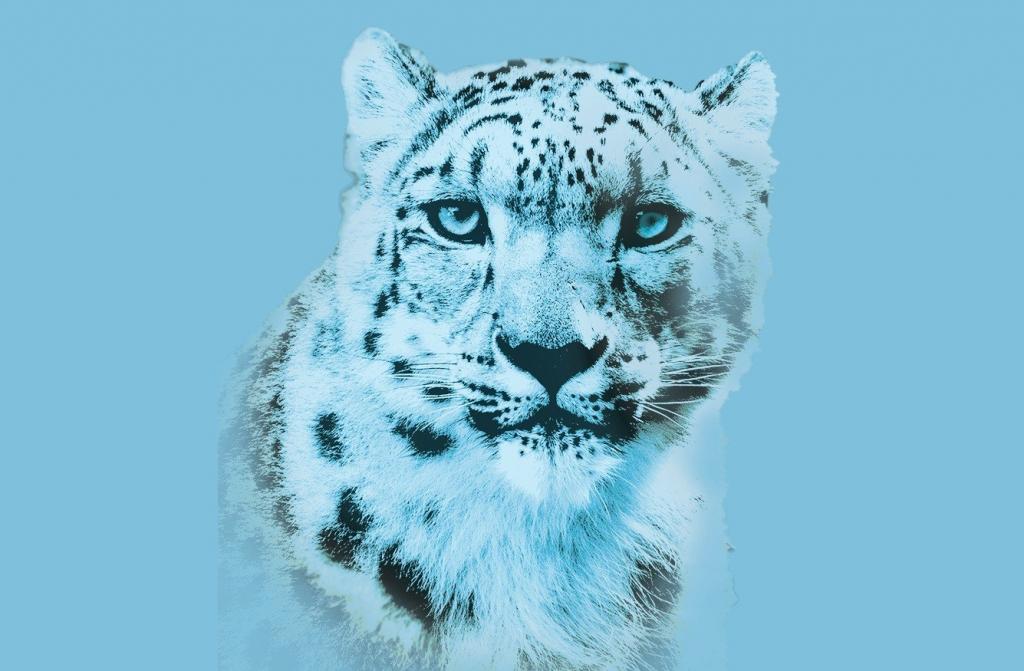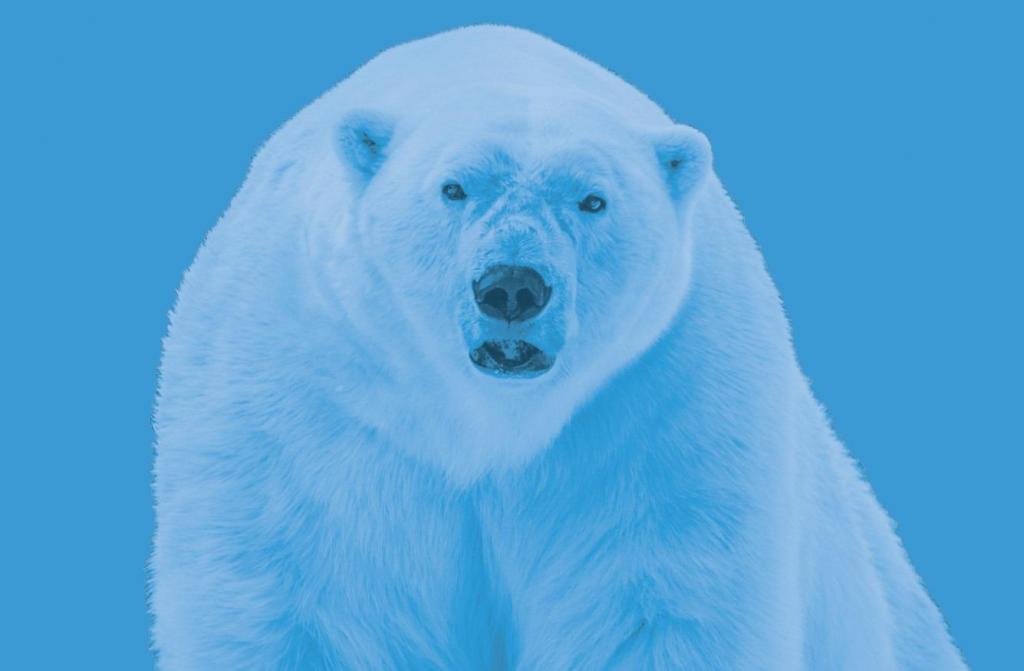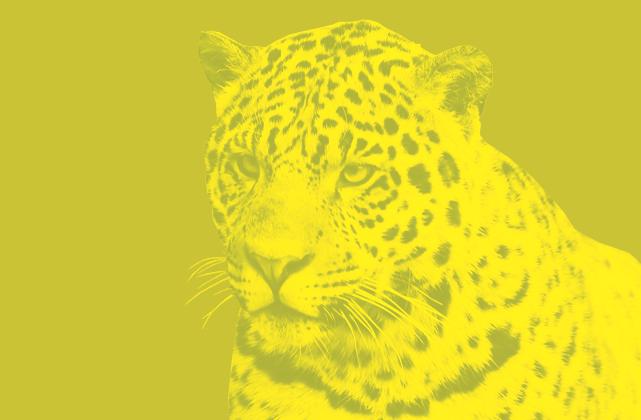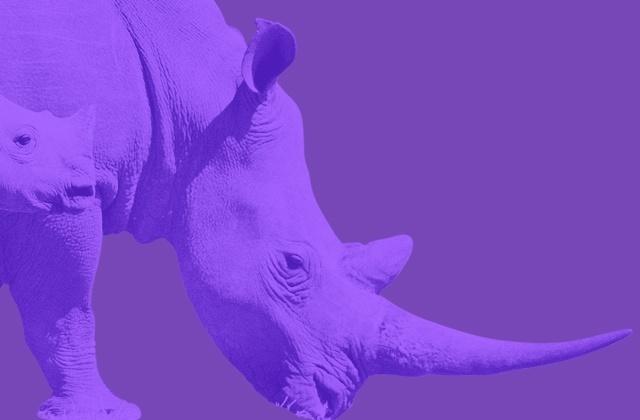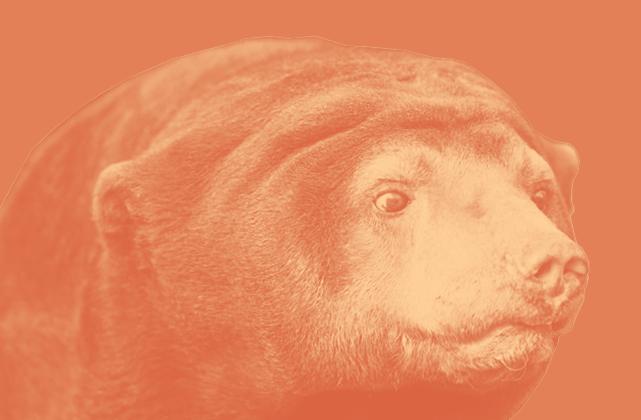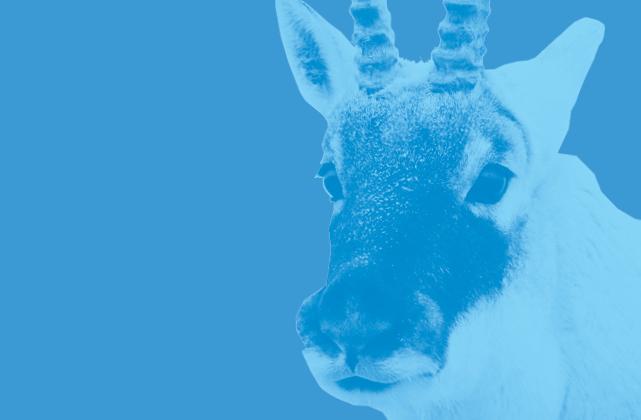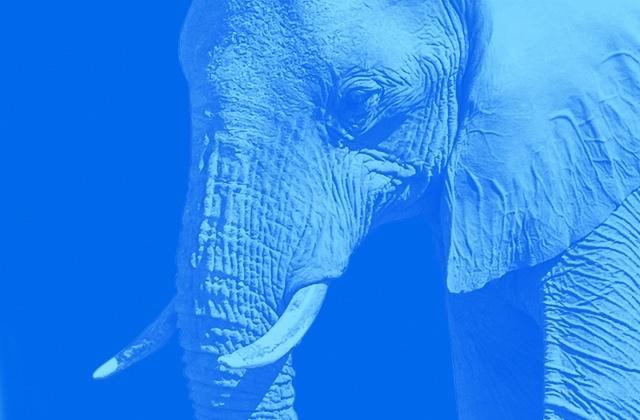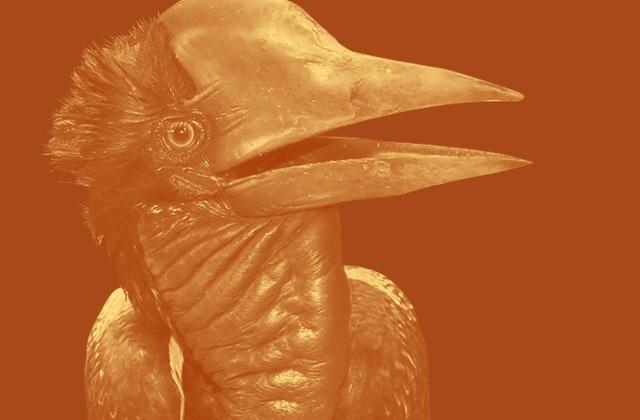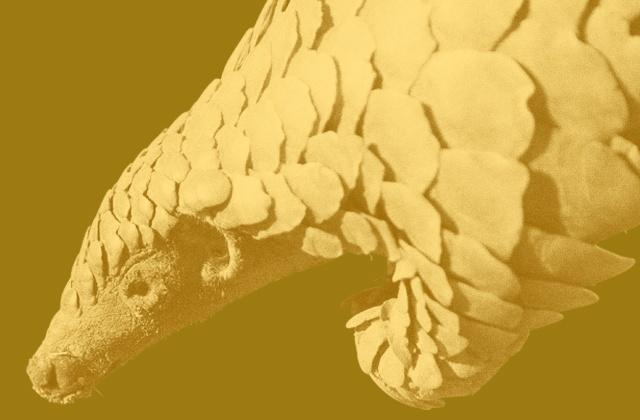Polar Bear
Polar bears are charismatic marine mammals and the world’s largest species of bear – they weigh up to 1,300 pounds and can be up to 9 feet long. They are excellent swimmers and are able to sustain a pace of six miles per hour paddling with their front paws. The total wild population is only approximately 26,000.
WHERE THEY ARE FOUND
On the arctic sea ice – across Canada, Greenland, Iceland, Japan, Norway, Russia, and the United States of America.
WHY THEY ARE IMPORTANT
Polar bears are an apex predator in the Arctic marine ecosystems keeping prey species populations in balance. About half of a polar bear’s life is spent hunting for food because their hunts are rarely successful; some experts say only 2% of the time. Polar bears main prey consists of ringed seals and bearded seals, though they will also scavenge carcasses or settle for small mammals, birds, eggs and vegetation.
HOW THEY ARE THREATENED
Polar bears were traditionally hunted mainly at sustainable levels by indigenous people in the Arctic regions, for whom polar bear products are a vital resource. However, sport hunting and international trading of polar bears still occur and populations have been declining rapidly. A major reason why limited levels of trade pose an increasing threat to the species’ survival relates to their unusual vulnerability to climate change. They are extremely vulnerable to habitat loss from melting ice caps, reproduce slowly, and have specialized, inflexible diets. There are increasing reports of polar bears drowning from exhaustion as their arctic ice home melts making the distances between ice floes, from which they hunt, too far to reach. The oil and gas industry is also turning its eyes to the arctic, and with it comes the potential risks of habitat destruction from oil exploration work. Contact with oil spills can reduce the insulating effect of a bear’s fur requiring them to use more energy to get warm, and can poison them if ingested. Polar bears can also be exposed to toxic chemicals such as pesticides through their prey, which can affect a bear's biological functioning and ability to reproduce.
CITES Listing: Polar bears have been listed in Appendix II of CITES since 1975, meaning their trade is regulated. However, due to the polar bear’s extreme vulnerability to climate change, its listing remains a live issue of debate, with several attempts to move it to Appendix I over the past years. In 2008 it was designated as threatened and granted Endangered Species Act protections because of rapid warming in their Arctic habitat.
HOW YOU CAN HELP
In the face of the significant threat which climate change poses to polar bears, reduce your carbon footprint and offset your carbon emissions whenever possible. Refrain from buying items that use polar bear products.
Read about photographer Paul Nicklen's connection to polar bears here!
Number of days a polar bear has endured a long-distance swim.
